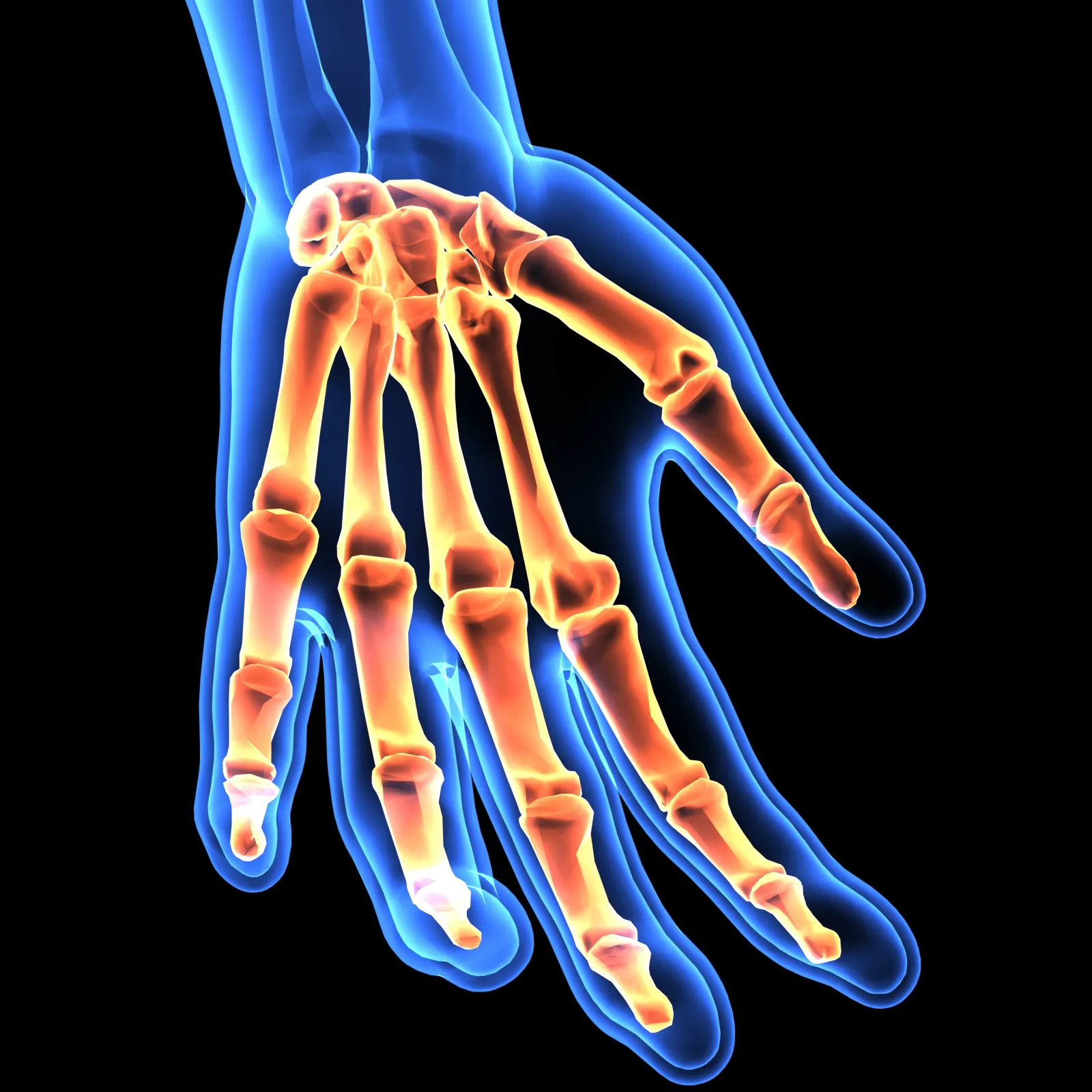
Orthopaedic Specialists of Austin can help patients of all ages. Many of our patients are adults, of course, but we also see teenagers, children, toddlers, and infants if they require special surgical care and attention.
Some infants and toddlers may suffer from congenital disorders that impact the use of their fingers and hands. In such cases, corrective hand surgery can be helpful in restoring appearnace and function of the hands. Let's explore this issue in a bit more detail.
Congenital Conditions Defined
Simply put, a congenital disorder is a condition that exists prior to childbirth. In many cases, a congenital disorder is characterized by some sort of birth defect, deformity, physical abnormality, or anomaly.
The rate of congenital deformities in newborns is roughly 2% overall. Of this number, 10% affect the upper body, including the hands.
Extra Fingers (Polydactyly)
An extra digit may develop on the hand, resulting in the appearance of a partial additional finger. The issue commonly affects the little finger side of a hand, less commonly affects the thumb side of a hand, and is extremely rare in the middle of the hand. Polydactyl occurs in roughly 1 in 30,000 births.
Missing Fingers (Symbrachydactyly)
A child may be born missing fingers or missing bones in their fingers, a condition known as symbrachydactyly. The toes may be affected as well. Like polydactyl, symbrachydactyly occurs in roughly 1 in 30,000 births.
Webbed Fingers (Syndactyly)
This condition refers to instances in which one or more fingers appear fused together by the skin even though they have discrete bone structure. Syndactyly occurs in every 1 in 2,000 births to 1 in 3,000 births.
Limited Movement/Stiff Joints (Arthrogryposis)
Also known as arthrogryposis multiplex congenita (AMC), this condition involves contractures of a child's joint, causing stiffness of movement or limited movement.
Thumb Hypoplasia
Thumb hypoplasia refers to a variety of congenital abnormalities of the thumbs found in newborns, typically involving poor formation of the thumb. Roughly 1 in every 10,000 births exhibit some form of thumb hypoplasia.
Congenital Clasped Thumb
In this kind of disorder a child has a thumb, though it is always clasped inward toward the palm. The condition tends to affect the thumbs on both hands rather than just one hand.
Special Considerations When Working with Children
Whenever a medical professional works with an infant or a child, it's of the utmost importance that they have a calm and friendly manner. Establishing trust is key to put a young patient's mind at ease and to assure parents that their child will be properly cared for.
We always consider the way our patients feel, and pay extra attention to the needs of young patients to make them feel comfortable getting the help they need.
A Focus on Proper Follow-Up Care
Once a surgery us performed, there will be a number of follow-up visits. These are intended to ensure the surgery is successful and the patient has proper use of their fingers and hands. Any complications or problems can be addressed sooner rather than later thanks to this careful post-op monitoring.
Contact Orthopaedic Specialists of Austin
To learn more about hand surgery for congenital conditions as well as pediatric surgery options, contact our team of orthopedic surgeons today. The team at Orthopaedic Specialists of Austin can help you and your family with their needs.
